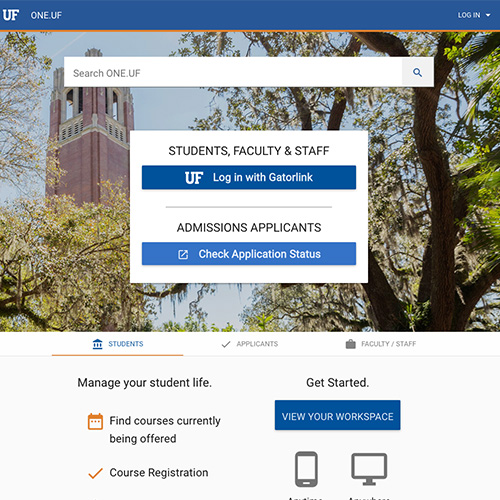FEAP 2b.- Manages individual and class behaviors through a well-planned management system
Printable Version (.pdf)
|
UNSATISFACTORY |
DEVELOPING |
ACCOMPLISHED |
EXCEPTIONAL |
| Students are talking among themselves, with no attempt by the teacher to silence them.(D)
An object flies through the air without apparent teacher notice. (D) Students are running around the room, resulting in a chaotic environment. (D) Students’ electronics distract students and teacher. (D)
|
Classroom rules are posted, but neither teacher nor students refers to them. (D)
The teacher repeatedly asks students to take their seats; they ignore him/her. (D) To one student: “Where’s your late pass? Go to the office.” To another: You don’t have a late pass? Come in and take your seat; you’ve missed enough already.” (D) The students monitor their behavior with colored markers. |
Upon a non-verbal signal from the teacher, students correct their behavior. (D)
The teacher moves to every section of the classroom, keeping a close eye on student behavior. (D) The teacher gives a student a “hard look,” and the student stops talking to his/her neighbor. (D) Teacher uses classroom meetings to review and process rules and procedures established rules and procedures. (M) The teacher has a timer on the board while students transition to math centers. The teacher motions to a student to go the “time out” chair and she responds right away without incident.
|
A student suggests a revision to one of the classroom rules. (D)
The teacher notices that some students are talking among themselves, and without a word, moves nearer to them; the talking stops. (D) The teacher asks to speak to a student privately about misbehavior. (D) A student reminds his/her classmates of the class rule about chewing gum. (D) The student turns off the lights and gently asks his classmates to please lower their voices so he and all his classmates can concentrate better. The teacher dismisses the student to the “time out” desk where the student then quietly takes out the “Time Out Planning Sheet” and writes about the reason he/she was sent there. The teacher rarely reminds students of misbehavior because the classroom is well-organized and managed. (M) |
Where noted, examples based on:
“(D)” – Danielson C. (1996). Enhancing professional practice: A framework for teaching.
Alexandria, Va: Association for Supervision and Curriculum Development.
“(M)” – Marzano, R. J. (2007). The art and science of teaching: A comprehensive
framework for effective instruction. Alexandria, Va: Association for Supervision and Curriculum Development.
Resources:
Classroom management plans
http://www.smartclassroommanagement.com/2011/08/06/effective-classroom-management-plan/
http://www.lessonplansinc.com/classroom_management_strategies.php
http://www.wikihow.com/Make-a-Classroom-Management-Plan
http://www.pgcps.org/~elc/gameplan.htm
Introducing rules and procedures
http://www.scholastic.com/teachers/article/teaching-classroom-routines-and-procedures
http://k6educators.about.com/od/classroommanagement/qt/Introducing-Your-Class-Rules.htm
General classroom management




